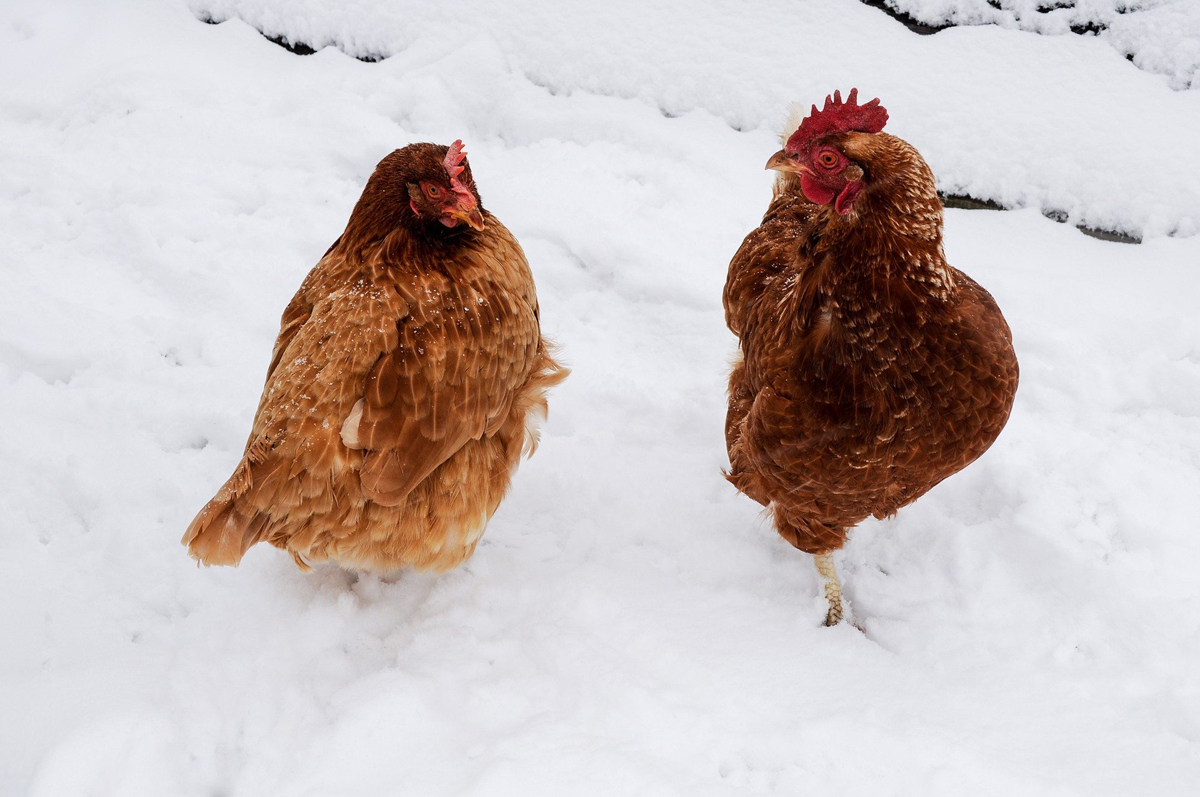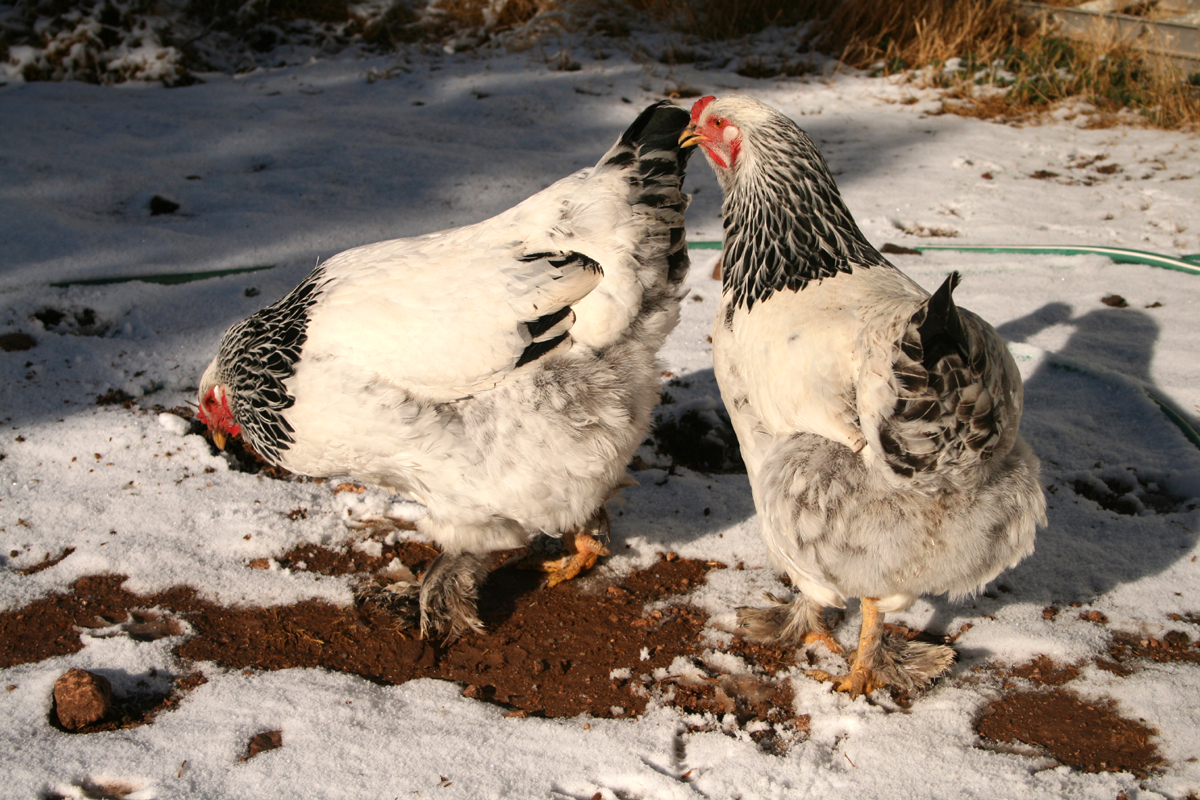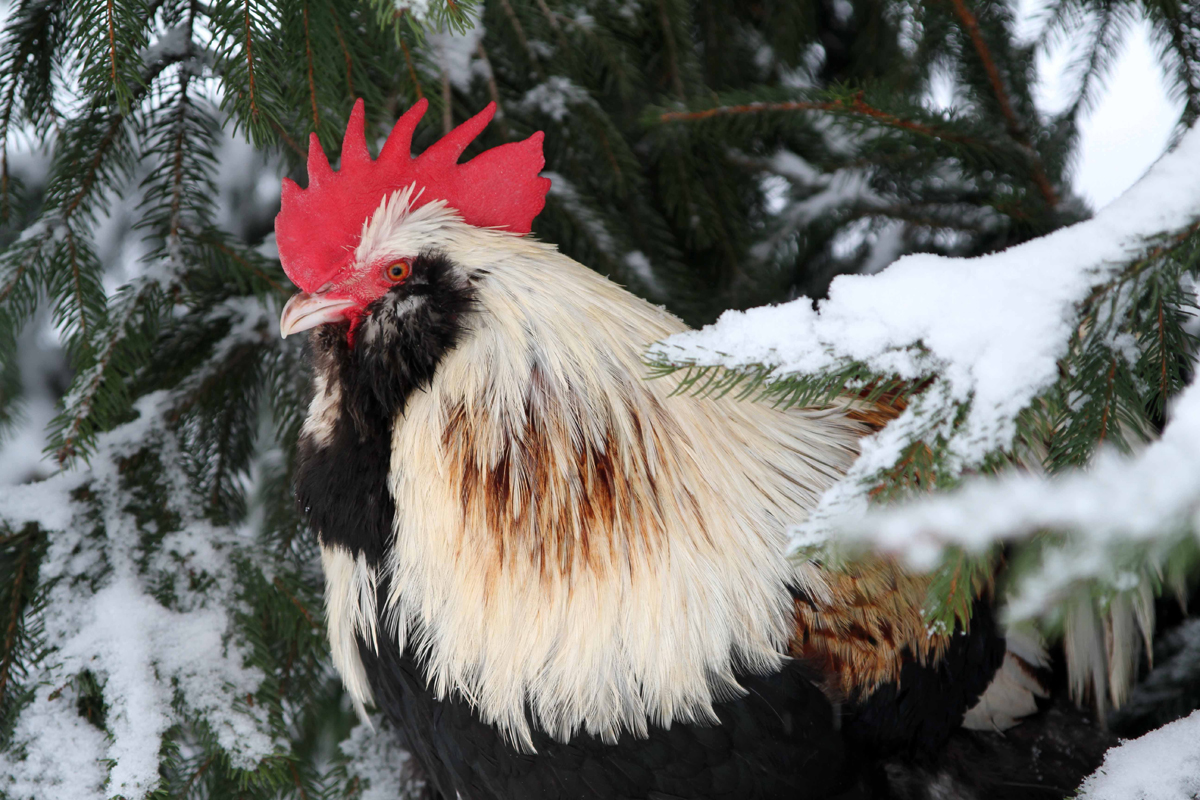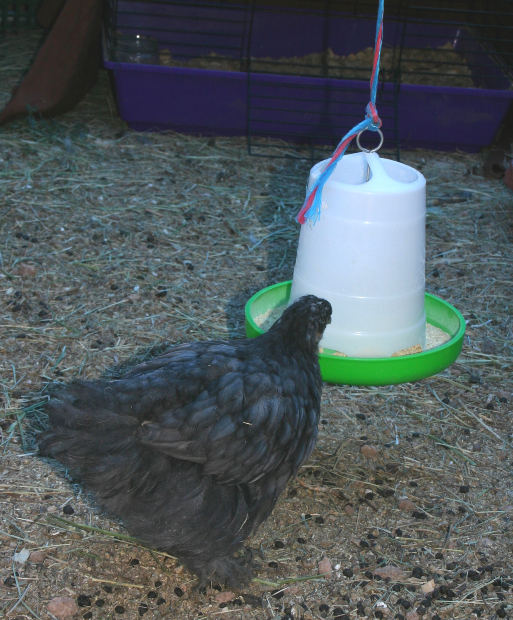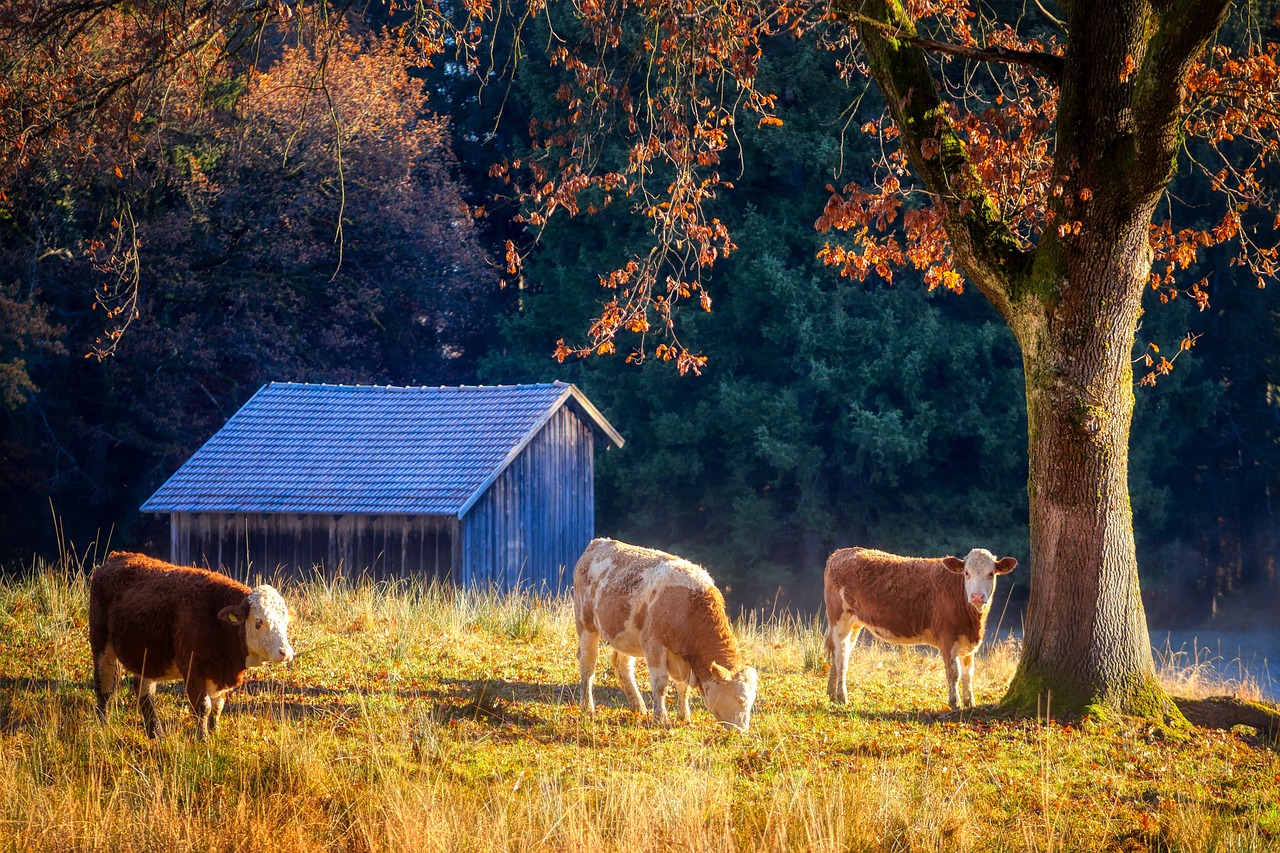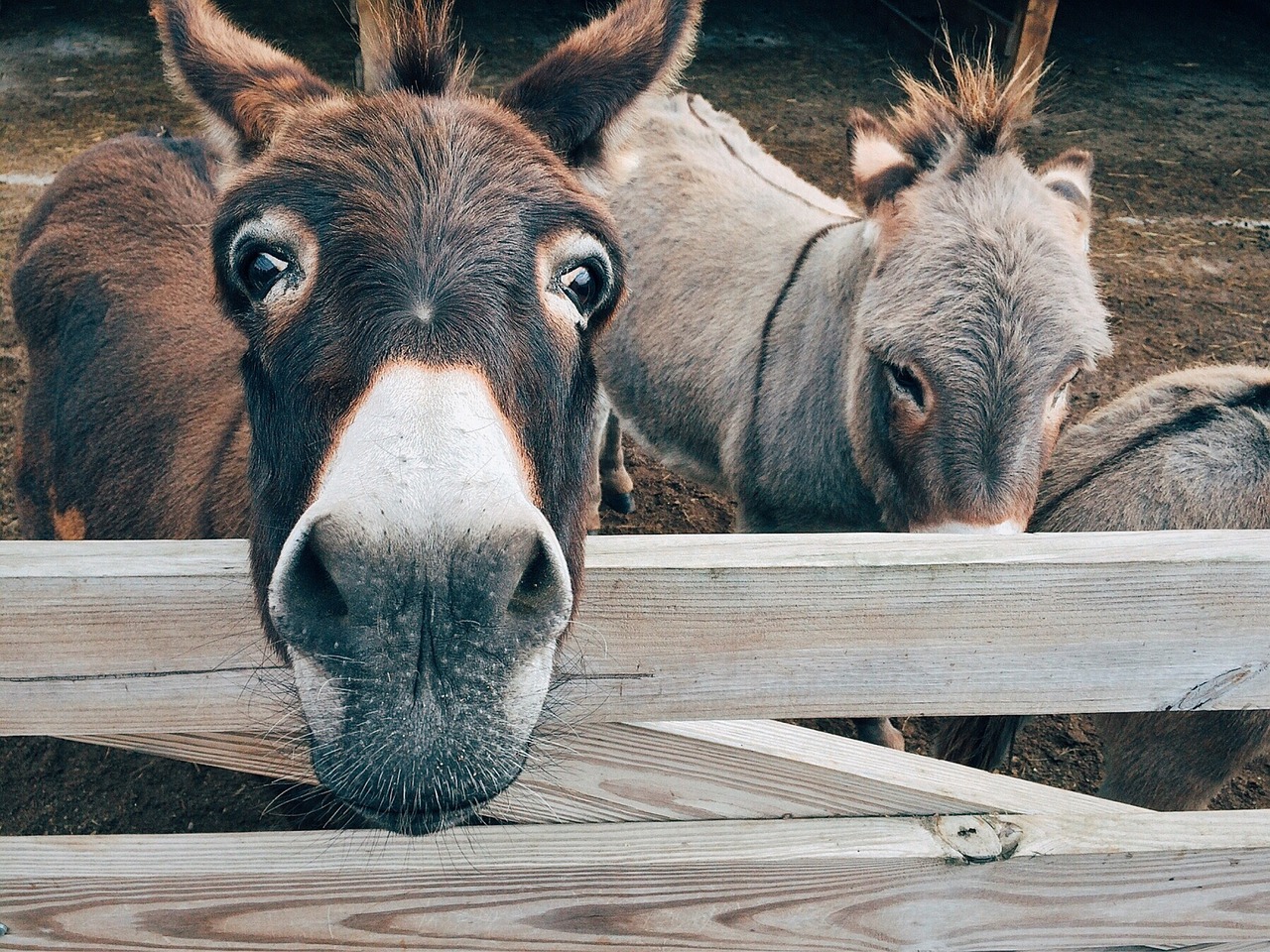5 Tips to Help You Start Raising Goats
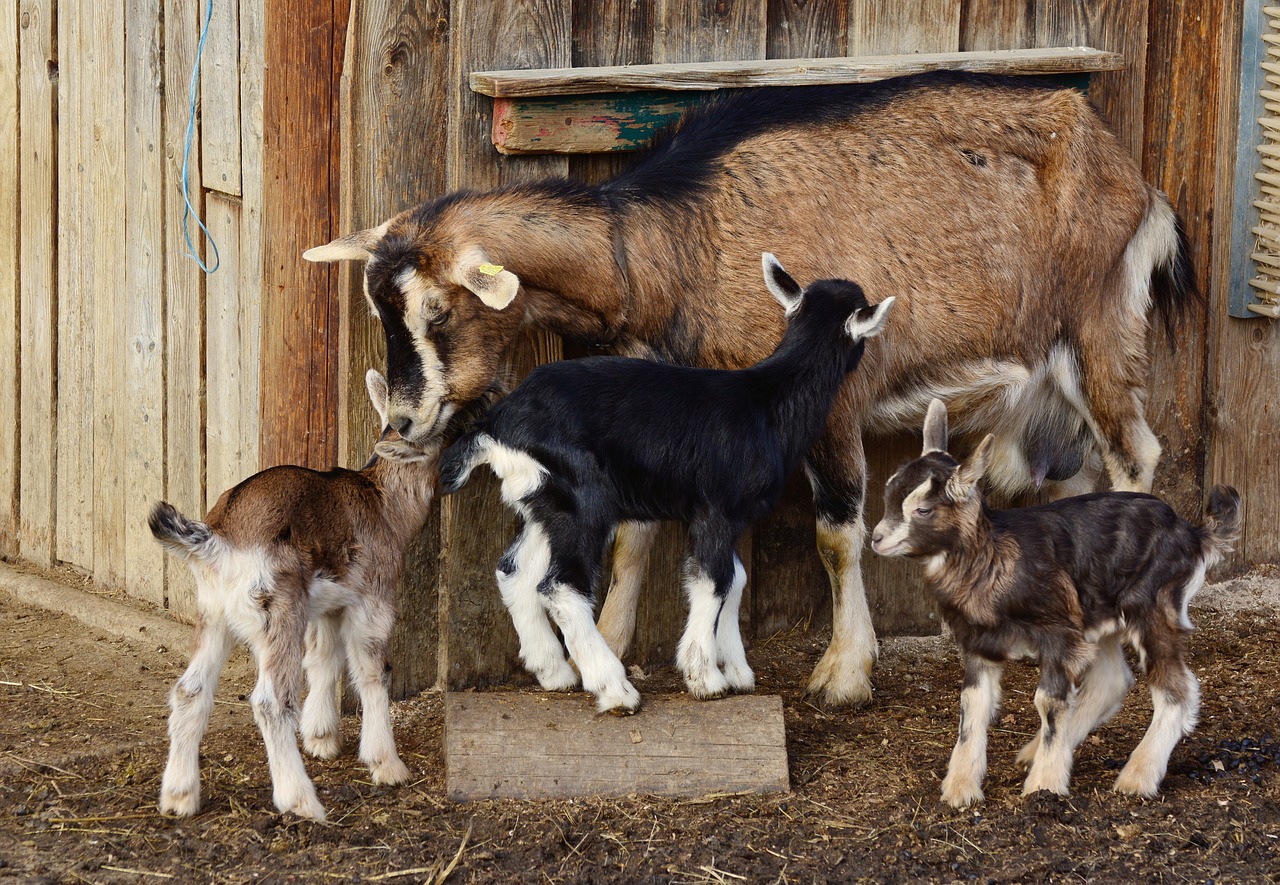
Without a doubt, goat farming is one of the more profitable businesses these days. Aside from selling fresh and processed meats in the markets, there is also goat milk that can be harvested and sold fresh or used as ingredients to other food items (e.g. candy, cheese, yogurt, etc.) and skin care products (e.g. lotions, soaps and creams.) Fibers from these animals also yield wool, mohair and cashmere wool; and there are now farms that raise and sell docile goats as pets. If you are thinking about raising goats as a business venture, here are 5 guide to raising goats tips you might want to consider.
Guide to Raising Goats Tip #1:
Consider what kind of production you want to get into. Would you like to sell goat meat, milk, fibers or pets? Naturally enough, you can sell both goat milk and meat at the same time, (or whatever combination you would want.) But that would entail a huge overhead expenditure right from the very beginning. It would also mean getting a very large number of animals, and an equally large farm space. Try to start this business venture small. This will help keep your expenses down while you learn the ropes of raising goats on a commercial scale.
Guide to Raising Goats Tip #2:
Now that you have chosen what kind of production you want to get into, you need to choose carefully what breed of goats you can order in. Goat breeds like the Angora, Cashmere, Nigora and the Pygora are excellent for fiber production. The best producers of goat meat are the: South African Boer, Kiko, Brush, Myotonic (also known as the Fainting goats,) West African Dwarf and the Spanish goats. Goats breeds like the Alpine, Anglo-Nubian, La Mancha, Saanen, Toggenburg and Oberhasli are the best milk producers; while docile breeds like the: Anglo-Nubian, South African Boer and the Pygmy goats can be raised and sold as pets.
Guide to Raising Goats Tip #3:
Learn all you can about commercial goat raising. Subscribe to lessons in goat rearing, and how to harvest and sell goat based products. Ask local goat farmers for tips and a few tricks of the trade. The more you know about this kind of business endeavor, the more you can quickly regain your overhead expenses and profit from your hard work.
Guide to Raising Goats Tip #4:
Always seek out the services of a veterinarian. As a rule, goats are very hardy animals, and are quite low maintenance too. But if you are selling the meat and milk of the animals, you need the animals to be issued clean bills of health. Besides, having a vet on your farm’s payroll is mandatory in most states.
Guide to Raising Goats Tip #5:
Build adequate housing for your animals. Goats would need protection from both the elements and potential predatory animals. In order to thrive, one goat would need at least 4 meters of indoor floor space with a lot of head room so that it can stand. Housing should also include a separate feeding area, watering station, beddings, and milking or shearing stations, especially if you are raising goats for milk or fiber production respectively.
The Author:
Raising goats does not need to be difficult if you know how. If you would like to learn more guide to raising goats and avoid the costly mistakes, please visit: http://www.raising-goats.com.
Photo. Congerdesign


